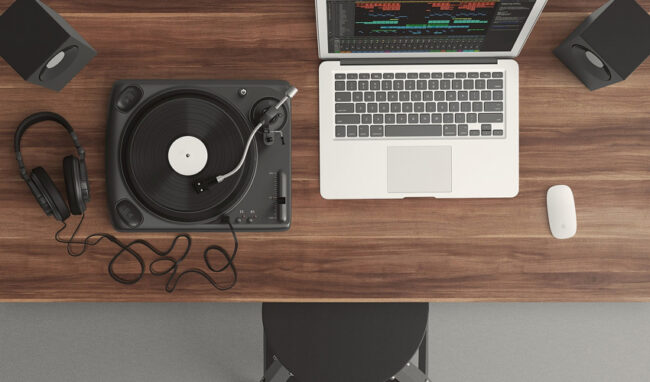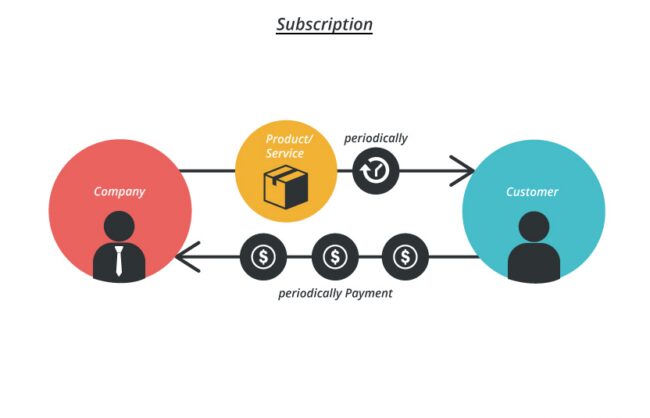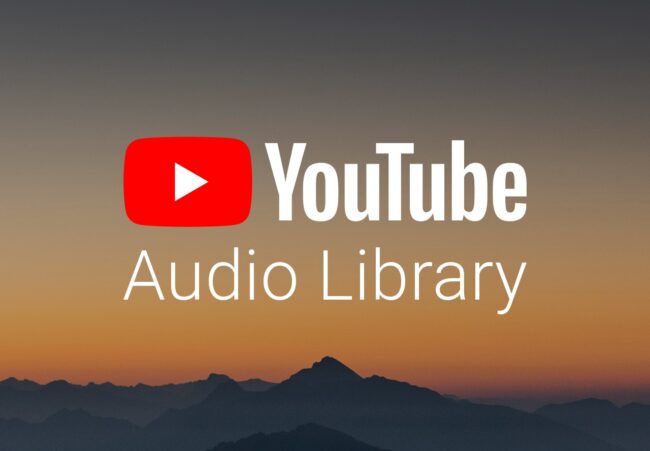Video marketing is exploding right now, as is content creation. When we think of the term content or video marketing, we think of a camera, potentially a green screen, and some funky edits.
However, one of the most important aspects of any video content is actually the audio; many claim the audio quality to be more important than video whether it’s making a film or Youtube video.
For this reason, copyright-free music, which can be explored at LegisMusic, is vital to the entire industry. It’s an absolute pain to have to search for the royalty status of a song we know or to see just how long you can use it for before the video gets flagged.
One of the biggest benefits of non-copyrighted music is the time involved – no research needs to be undertaken about fair use, and there is no worry of it getting flagged. Many think of songs without copyright as being synonymous with those awfully generic stock photos, but it’s no longer the case.
One reason for this is that royalty-free doesn’t necessarily mean free – and that’s okay. Royalty-free music is often distributed under a license, but it’s just that we can purchase that license for lifetime rights to using the track. This wouldn’t be the case for music with royalties, which must be paid for each and every time it’s used, and the calculations for the payments can get complicated.
1. Free or Cheap

It’s much more cost-effective to go the royalty-free way, of course. Distributors tend to purchase the music off of artists in bulk, meaning they’re made with a higher quality than something that way given away for free. Having said that, there are tonnes of free no copyright music websites out there, such as legismusic, and it’s ideal for personal projects.
The library of copyright-free music has grown over the years, meaning that choice and quality have too. Whilst you may have to sift through the stuff that is far from ideal, there are endless great tracks out there for free. Of course, using a website with great search functionality/categorization is important. It’s also important to note that 100% fully copyright-free music is very rare as most music has some level of copyright.
Some typical categories include ambient, cinematic, classical, inspiring, funky, tech, rock, and lo-fi. This is certainly the place many come to for a Youtube backing track. It should be noted that most music is created with a copyright duration of around 70 years – around the length of time, the artist is alive. Whilst this doesn’t mean that if an artist dies you are free to use their music, but certainly, music from Beethoven and Mozart times are cemented in the public domain and are free to use.
When using older classical music, however, make sure you do not use a new edition that is now under copyright laws. A good way to discover if you’re violating any copyright laws is to upload it to Youtube in private mode (even if you’re not a Youtuber) and see if it flags for infractions. It won’t be accessible to the public, nor will any infractions hurt your account as it’s private.
2. Subscription-based model

Because most royalty-free music isn’t entirely free (i.e. it was purchased in bulk by the distributor), the music is then sold on. However, many people view royalty-free as being free, even though that’s not exactly what defines what being royalty-free means.
So, as a way around charging for each track, distributors are turning to subscription-based pricing. This means copyright-free music can be accessed in abundance for a monthly fee (i.e. $15 per month is a common price tag).
Whether it’s Epidemic Sound, Artlist.io, or Envato Elements, you’re going to get access to tens of thousands of tracks for this monthly subscription. Generally, these cover all kinds of lifetime uses for the music used. Audiojungle alone has over 300,000 tracks that can be searched with various filters, though this is a more expensive option that isn’t subscription-based. If you’re looking to use lots of different tracks, subscription models will no doubt be the most economical way forward.
3. Youtube library

As mentioned before, Youtube is a great place to see if audio gets flagged for copyright infringement. However, they have another secret weapon too: Youtube Audio Library. This library host completely free tracks for any usage on Youtube. There are around 1,500 tracks, as well as a plethora of sound effects too.
The sound effects in particular are useful for video content makers because it means not having to pay someone to organically create it, but also means not unfairly stealing other people’s audio. There’s a tone of categories, such as ambiances, transportation, and animals.
The music tracks are also categorized and can be filtered depending on genre, mood, artist name, track title, and duration. They’re downloadable so they can be used in third-party editing software when creating Youtube videos. However, you can use them wherever not just for Youtube!
Conclusion: You get what you pay for
There are small differences between the terms royalty-free music, copyright-free music, and stock music. The precise definitions of these can easily be found online. However, what’s more important here is searching for and gaining access to affordable music and sound effects through an enterprise platform.
People assume that royalty-free music must be free, but this is not the case. For those looking for free music, there are some libraries, such as hooksounds.com. However, they’re also limited, because it’s so rare to find 100% copyright-free music. So instead, it’s wise to sign up for a subscription-based model in which ~$15 per month can gain you access to a vast library of music that you can use.
Generally, this music will be of higher quality too, because some money has been exchanged for it to the artist. People rarely make music for free, which is understandable, so this is an affordable way to support the artists involved. Otherwise, using music for which royalties must be paid can be complex and very expensive.
